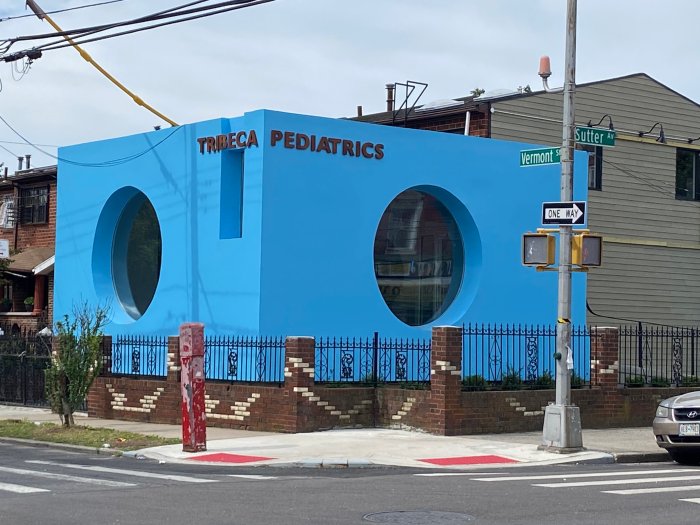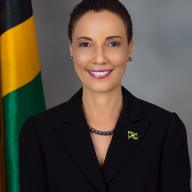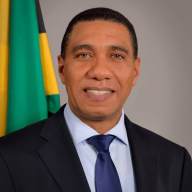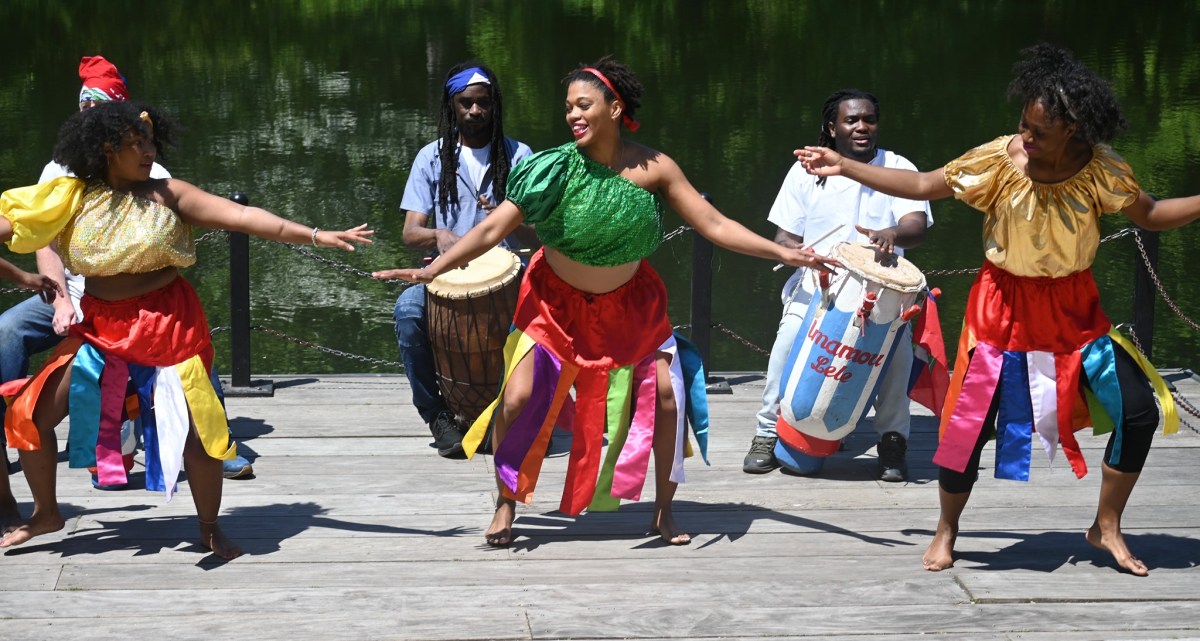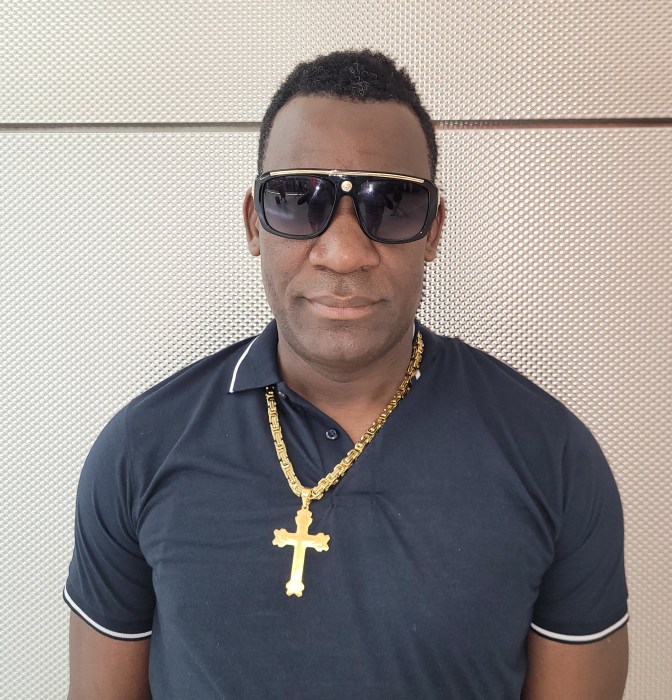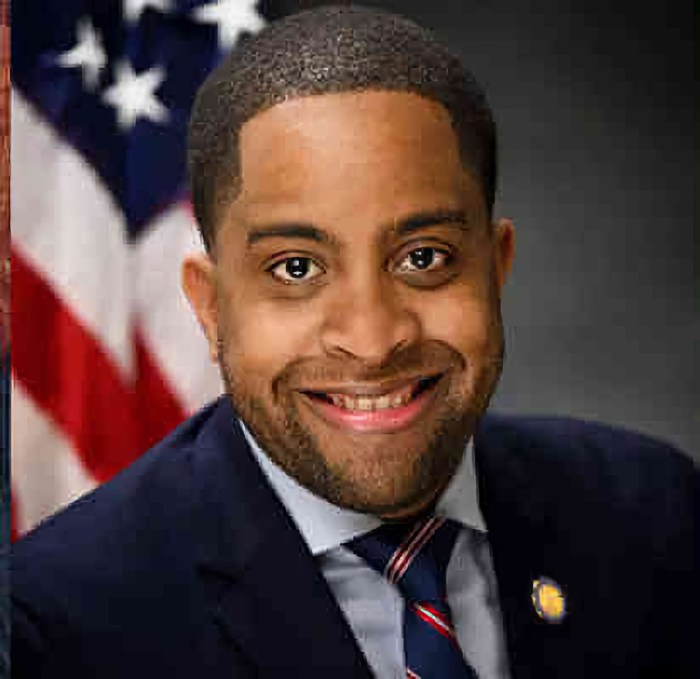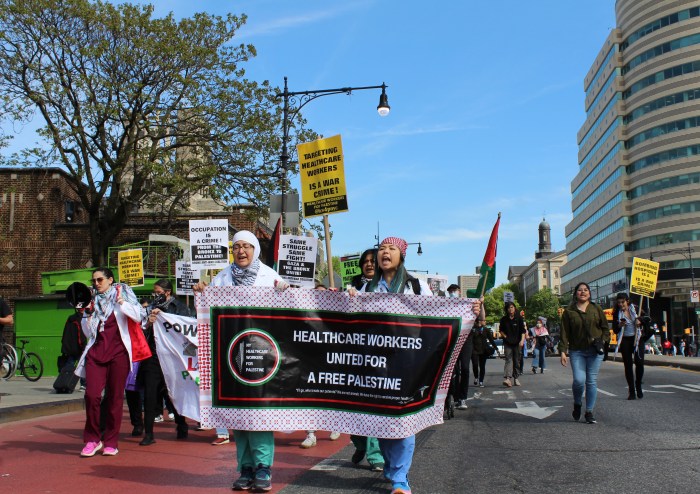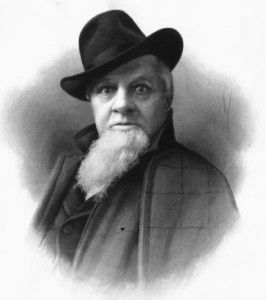In celebration of Environmental Awareness Month, Assemblyman Scarborough’s Annual Environmental Summit was held at York College Friday, April 15, featuring a collaboration between community based organizations, city government, and state agencies in order to observe the environmental conditions and challenges within Southeast Queens.
York College researchers Dr. Schiefer and Dr. Nazrul Khandaker first informed the audience about well drilling research and how the groundwater in Queens is still going up, though the rate of rise is slowing down. Jamaica Bay was also highlighted for its recent development of big egg marshes, oyster restoration projects and opportunities for children and families such as fishing and kayaking.
Dr. Charles Kidd, former president of York College, discussed Japan’s nuclear power plant challenges and compared them to New York’s by highlighting the Indian Point Nuclear facility in Buchanan, New York, which is only 24 miles away from New York City.
Indian Point’s nuclear reactor No. three is the least fortified in comparison to its other national nuclear counterparts and lies on two fault lines according to the U.S. Nuclear Regulatory Commission. This could present a very dangerous situation if a natural disaster were to happen, considering its proximity to NYC and over eight million residents.
Dr. Kidd also highlighted the age of the facilities, which were built in the 1970’s and in need of renovation and strengthening of these structures for the community’s protection. Governor Cuomo has called for Indian Point to be closed after the release of a recent report by the Union of Concerned Scientists showed that Indian Point had many engineering vulnerabilities.
A recently observed issue included the Regional Plan Association’s runway expansion proposal for John F. Kennedy Airport and Newark-Liberty Airport. The environmental issues raised included increased air pollution, traffic congestion, and noise pollution that would occur for residents the Jamaica Bay area.
Eastern Queens Alliance Chairperson Barbara E. Brown, discussed how such projects can enhance levels of environmental racism and how preserving natural resources such as Idlewild Park can serve as preventative measures towards the effects of pollution. Findings have identified a poison circle around the airport, which show children subject to airport noise can’t pay attention or listen. Idlewild Park represents 10 percent of the wetlands left and also serves as an important factor in flood control.
Representatives from the NYC Department of Environmental Protection (NYCDEP) officials highlighted the NYC Green Infrastructure Plan and what environmental efforts were being made on the city level. One aspect of the plan included the enhancing of storm water infrastructure and its benefits which include a reduction in heat from sidewalks. Other points made included flood prevention methods through the planting of trees in urban communities versus costly big water storage tanks. Benefits from tree planting include carbon sequestration, pollination growth, and additional wildlife habitat development.
DEP Assistant Commissioner Mark Lanaghan said water bills have gone up 112 percent since 2002 due to the rise in filtration costs. Hydraulic fracturing or “hydrofracking” is a method where high volume intensive drilling methods using water, sand and chemicals, many of which are toxic, to recover natural gas from shale deposits presented another pollution challenge in the Southeast Queens water supply that needed to be monitored. Many scientists have raised concerns about serious health impacts and water contamination from the chemicals used in the process.
Former City Councilman Archie Spigner mentioned that the lack of impact studies on the environmental effects could serve as a health problem for local citizens.
Ms. Linda Caleb Hazel, a 22-year cancer survivor from the effects of water pollution in South Jamaica called for a need to not just meet, discuss, and repeat issues that have been around since the 1980’s but to do something about it. Similar environmental issues have been around since the pollution of water in Well Number six in South Jamaica.
The forum served as a catalyst for the community, city, and state members to build interest in these environmental effects for the future of the community.
Other participants included Con Edison, Jamaica Bay Watchers, and Enterprise Rentals, representatives from NYS Department of Environmental Conservation, NYC Department of Environmental Protection, community members, and students from I.S. 59.





